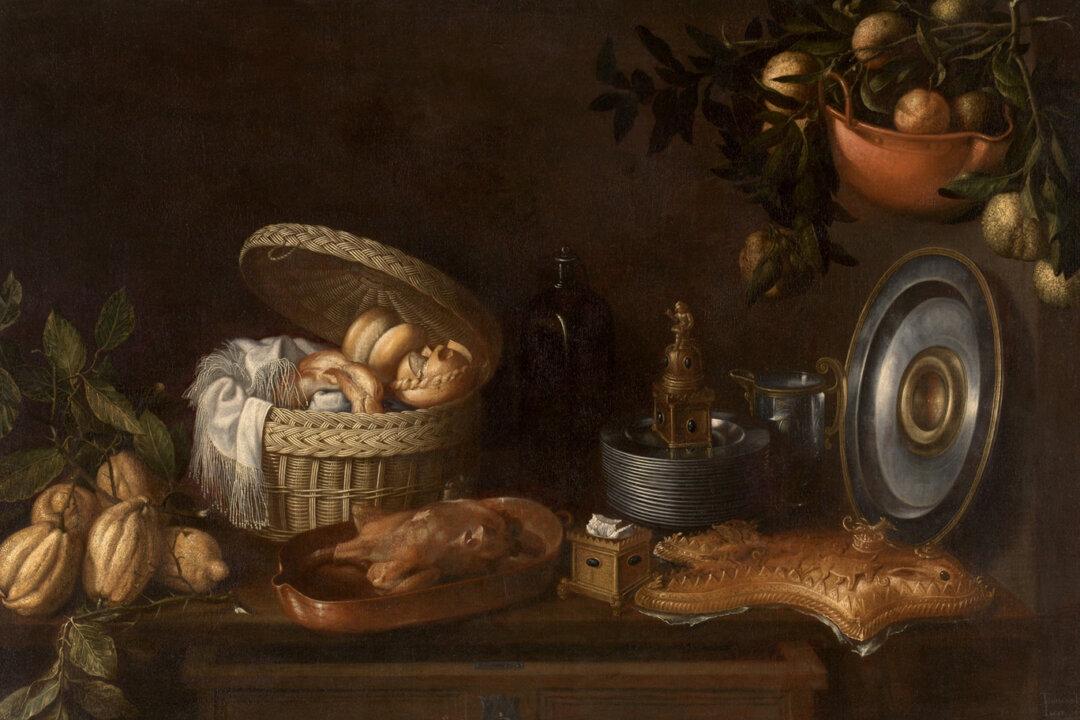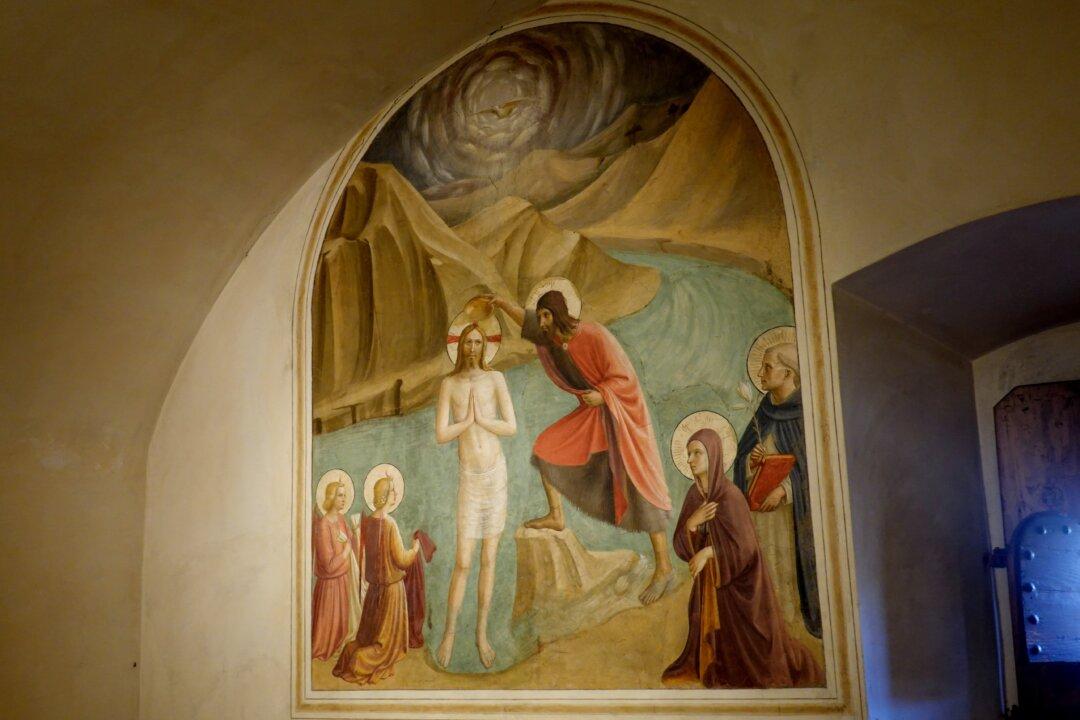The ache to return home has long been a universal yearning. Domestic, homey settings evoke a sense of comfort, nostalgia, and security. Although by external standards such environments appear ordinary, they are far from mundane. In the comfort of a kitchen or neighborhood tavern, long hours of conversation with loved ones take place, families gather for shared leisure, and acquaintances become friends.
Spanish bodegón paintings encapsulate this atmosphere of ritualized comfort by elevating the beauty of ordinary objects.






